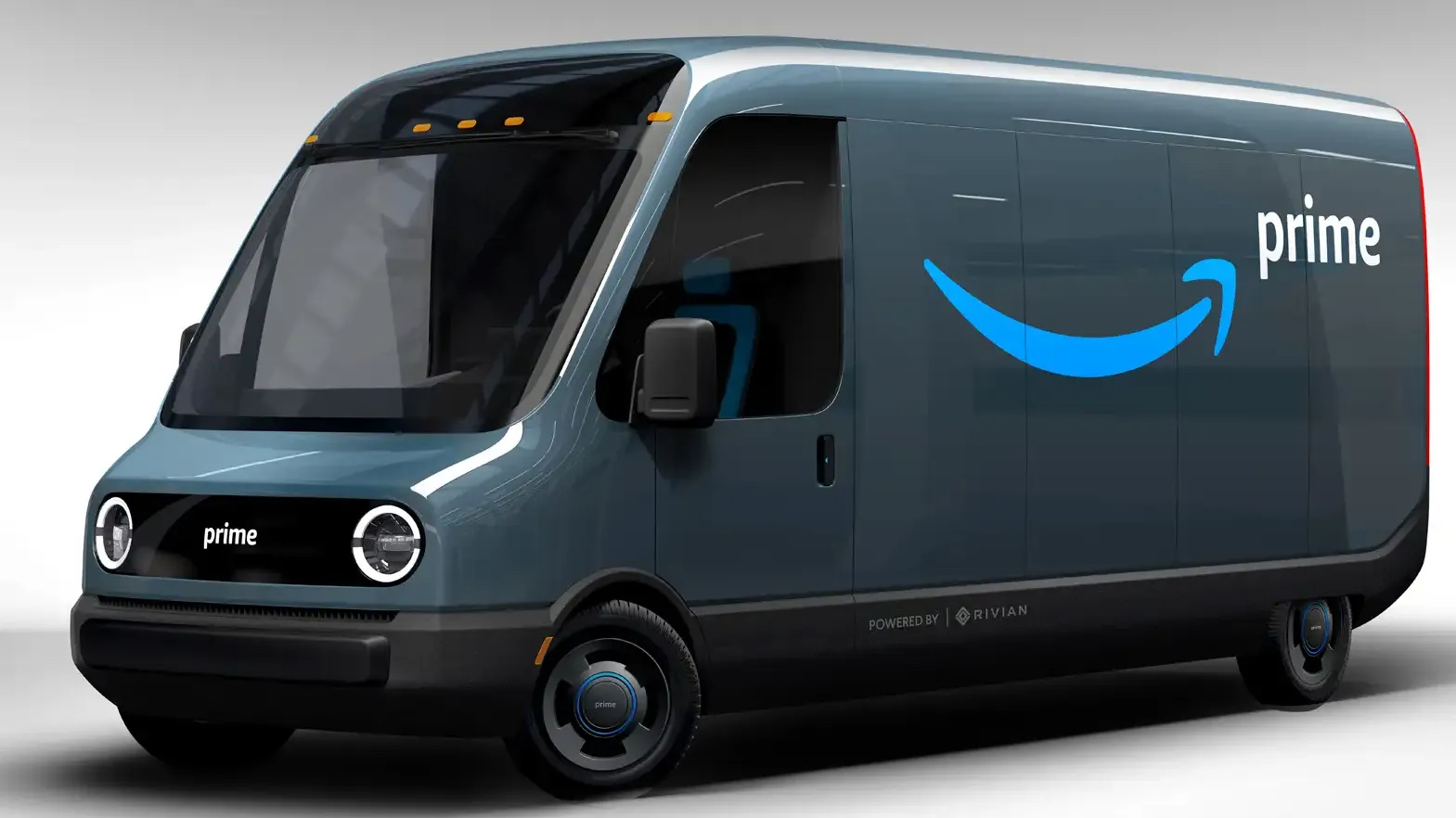Ikea has announced the launch of three new smart sensors for home monitoring and control, including for leak detection and unexpected home intrusions.
The Swedish DIY homeware retailer said the smart sensors deliver real-time notifications whenever activity is detected, allowing users to stay informed and connected to their home, whether they’re there or not.
The retailer’s BADRING Water Leakage Sensor is placed near areas of water usage and notifies users upon detecting water leaks via mobile notifications or activation of its built-in alarm.
VALLHORN Wireless Motion Sensor can be placed both indoors and outdoors and activates lights upon detecting movement and offers personalised lighting with adjustable colour and intensity settings.
PARASOLL Door and Window Sensor is designed to be mounted on windows and doors and notifies users when these access points are opened or closed, making them aware of any unexpected entries.
Ikea said it decided to create the sensors, which are based on automation technology developed by Zigbee Software, after research undertaken for its latest Life at Home Report found that people prioritise comfort and security in their homes.
“Everyone wants to feel safe at home and we feel excited about entering a new smart product area that creates not only a better, but safer life at home,” says Stjepan Begic, product design developer at Ikea Sweden. “We believe these products can provide our customers with peace of mind and a greater sense of control and comfort."
The sensors will be available for purchase from January 2024.
Ikea UK recently reported a sales rise of almost 12 per cent.
UK turnover totalled £2.46 billion over the retailer’s latest 12-month period and comes as the wider Ingka Group, which owns Ikea, announced global retail sales of €41.7 billion – up by 5.7 per cent compared to 2022.
Latest News
-
Reddit ‘challenges Australia’s under 16s ban’ with lawsuit
-
BBVA expands ChatGPT to 120,000 employees
-
BIS and Central banks test post-quantum cryptography in payments
-
UK government launches new MedTech qualifications to fight skills gap
-
UK scientists get priority access to advanced AI through Google DeepMind lab
-
Uber Eats rolls out robot couriers in Leeds
The future-ready CFO: Driving strategic growth and innovation
This National Technology News webinar sponsored by Sage will explore how CFOs can leverage their unique blend of financial acumen, technological savvy, and strategic mindset to foster cross-functional collaboration and shape overall company direction. Attendees will gain insights into breaking down operational silos, aligning goals across departments like IT, operations, HR, and marketing, and utilising technology to enable real-time data sharing and visibility.
The corporate roadmap to payment excellence: Keeping pace with emerging trends to maximise growth opportunities
In today's rapidly evolving finance and accounting landscape, one of the biggest challenges organisations face is attracting and retaining top talent. As automation and AI revolutionise the profession, finance teams require new skillsets centred on analysis, collaboration, and strategic thinking to drive sustainable competitive advantage.
© 2019 Perspective Publishing Privacy & Cookies











Recent Stories